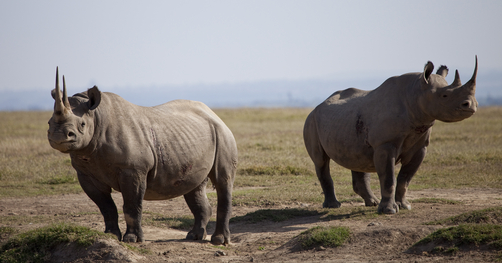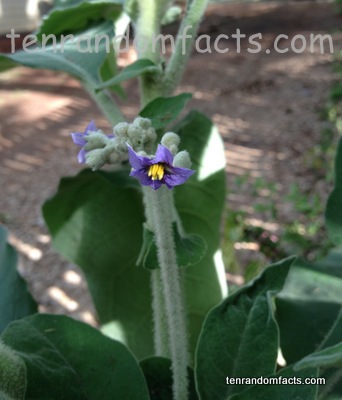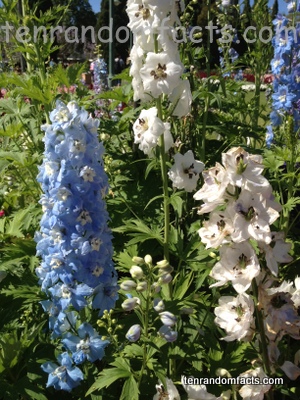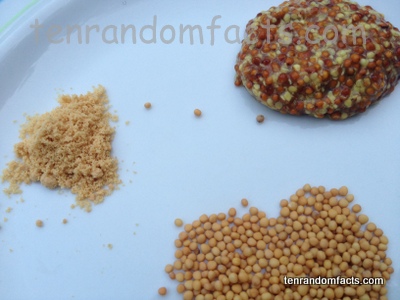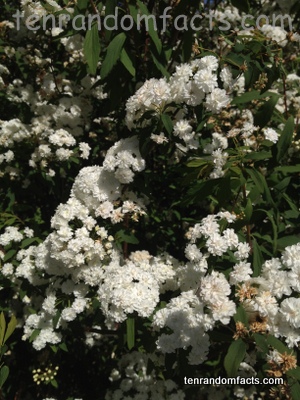
“Do not wait for leaders; do it alone, person to person.” – Mother Teresa
- ‘Mother Teresa’ is also known as ‘Blessed Teresa of Calcutta, M.C’, MC being for ‘Missionaries of Charity’.
- Mother Teresa was a Roman-catholic nun, whose real name was ‘Anjezë Gonxhe Bojaxhiu’.
- Mother Teresa started a a charity, named Missionaries of Charity, in 1950, which helped the dejected and ‘poorest of the poor’, and can now be found in numerous countries throughout the world.
- Mother Teresa was known for her work amongst poverty, receiving over 120 awards including the Noble Peace Prize in 1979.
- Mother Teresa was born on 26 August, 1910, in what is now called the Republic of Macedonia, Europe, to Albanian parents, but spent most of her life in India.
 Blessed Teresa
Blessed Teresa
Image courtesy of Peta de Aztlan/Flickr
- Mother Teresa suffered a number of heart attacks from 1983, before her death, caused by an attack, on 5 September 1997.
- Mother Teresa left her family home at 18 years of age, and became a nun in 1931, choosing the name ‘Thérèse’, or ‘Teresa’ in Spanish after the patron saint of missionaries, Thérèse de Lisieux and became known as ‘Mother Teresa’ on the 24 May 1937, when she took her final vows.
- Mother Teresa could clearly and confidently speak five languages, being English, Hindi, Albanian, Bengali and Serbon-Croatian.
- Mother Teresa has a public holiday in Albania named after herself, celebrated on 19 October and known as ‘Mother Teresa Day’.
- Mother Teresa was involved in a convent school in Calcutta for nearly 20 years, until 1948, being a teacher and later the principal at the school.
Bibliography:
Mother Teresa, 2013, Wikipedia, http://en.wikipedia.org/wiki/Mother_Teresa
Short Biography, n.d, Mother Teresa of Calcutta Center, http://www.motherteresa.org/layout.html





